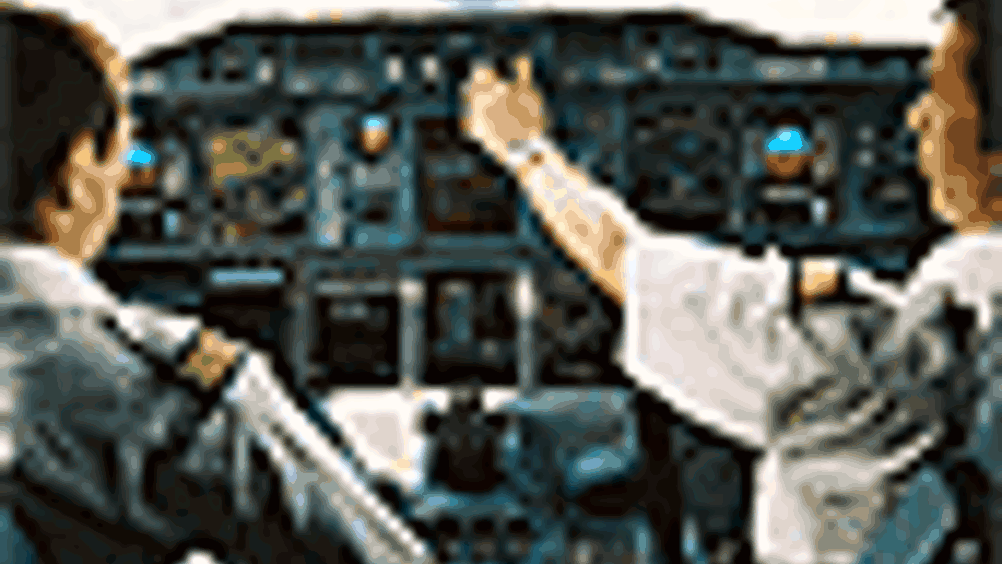A better flight
Researchers at Bath University have designed and evaluated a prototype flight computer that may improve the interaction between an aircraft’s autopilot and pilot.

A prototype flight computer has been designed and evaluated which its creators claim will improve the interaction between an aircraft’s autopilot and pilot.
Although autopilots and pilots individually seldom make mistakes, on rare occasions errors are made due to inefficient collaboration between the two. Usually this results in nothing more than a moment of confusion but occasionally it leads to an accident.
Professor Peter Johnson and Rachid Hourizi at the
In the current generation of computerised cockpits, the autopilot tells the pilot what the immediate action being undertaken is, such as what height the plane is flying at.
The more explicit details - such as what action is going to be taken next and the objective of a particular manoeuvre - are calculated by the pilot.
Register now to continue reading
Thanks for visiting The Engineer. You’ve now reached your monthly limit of news stories. Register for free to unlock unlimited access to all of our news coverage, as well as premium content including opinion, in-depth features and special reports.
Benefits of registering
-
In-depth insights and coverage of key emerging trends
-
Unrestricted access to special reports throughout the year
-
Daily technology news delivered straight to your inbox










Breaking the 15MW Barrier with Next-Gen Wind Turbines
The key point s that wind power is intermittent. There is a lot of crowing when it is the main source of power generation but things fall silent when...